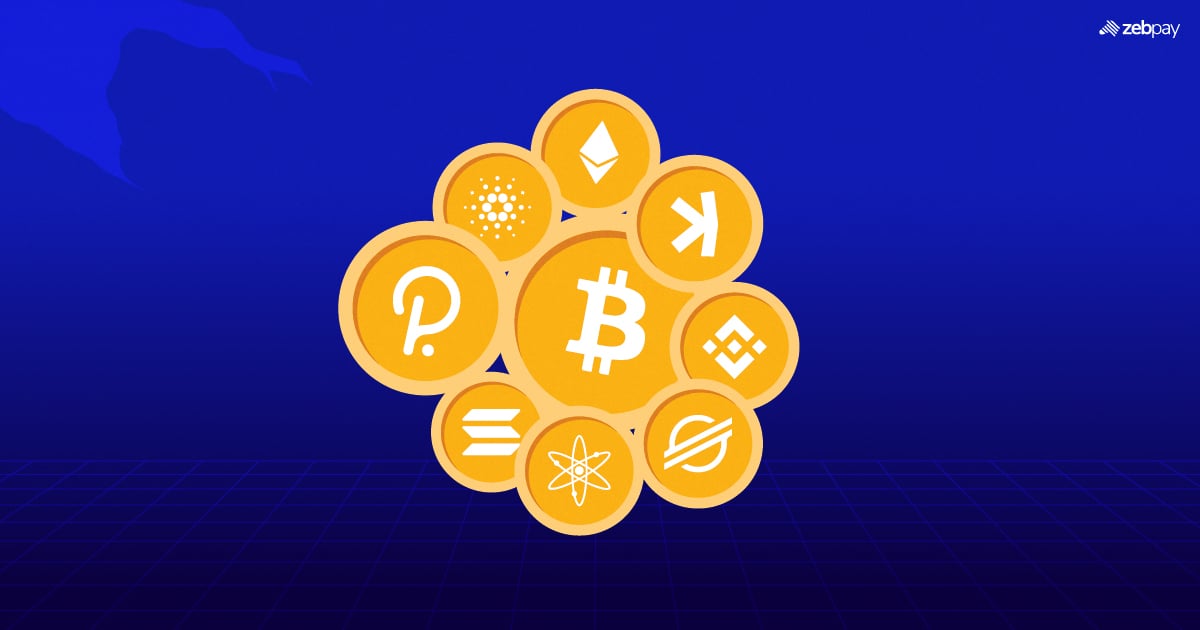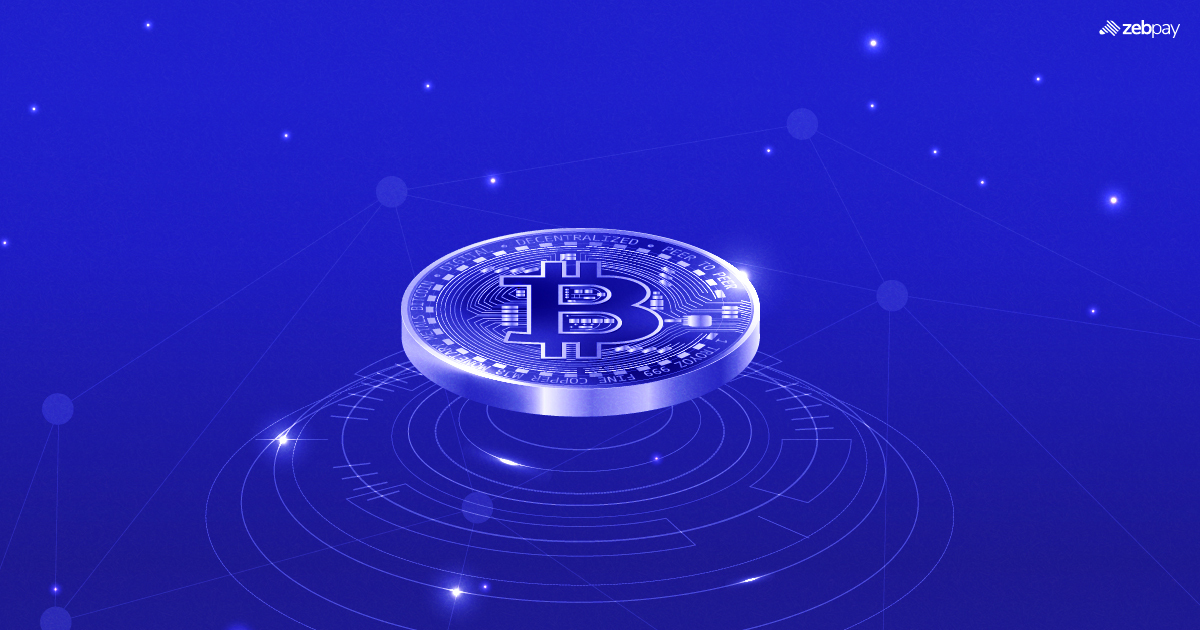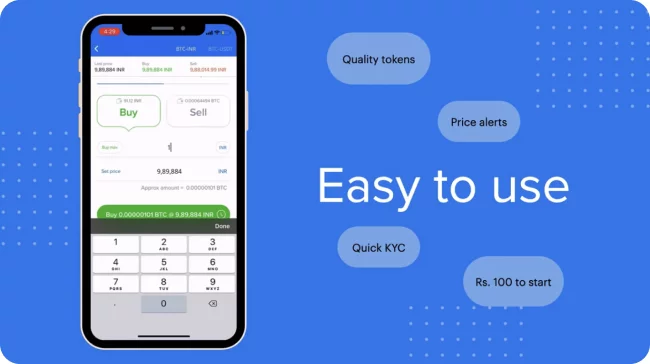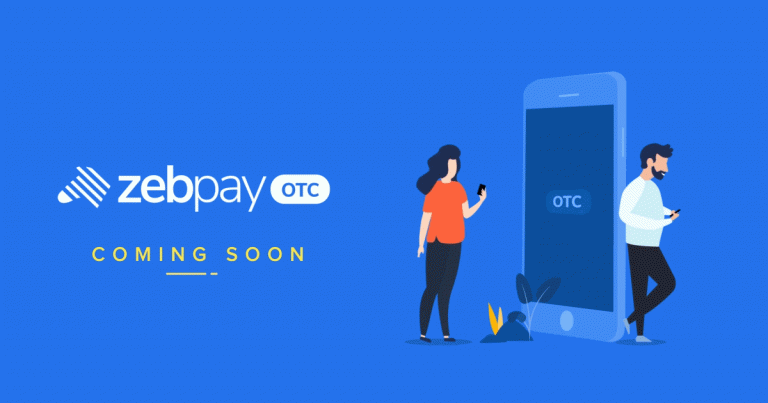Layer-1 blockchains are the primary building blocks of blockchain networks, providing the essential infrastructure that underpins the entire system. These blockchains use distributed ledger technology (DLT) to securely and transparently record transactions without the need for intermediaries. As the foundational layer, they ensure the integrity of the network by validating and securing transactions. They are the critical element that enables other layers or applications to be built on top of them.
The native crypto assets of layer-1 blockchains, often called layer-1 coins, play a key role in facilitating transactions within the network. A notable example is Ether (ETH), which powers Ethereum. These coins help to pay transaction fees and incentivise validators. While layer-1 blockchains are crucial for supporting decentralised ecosystems, they often face challenges with scalability as demand for their services increases. In this article, we will discuss 10 prominent layer-1 crypto tokens with significant market capitalisation. This list is based on internal research and is not intended as investment advice. It is important for investors to conduct thorough research and make decisions based on their own judgment and expertise.
Top 10 Notable Layer-1 Coins
- Bitcoin (BTC): As the initial and most significant crypto based on market capitalisation, Bitcoin continues to stand out as the premier layer-1 project. With a restricted supply of only 21 million tokens, Bitcoin is well-suited to function as a store of value. The Bitcoin Halving event, which took place in April 2024, triggered a prolonged bullish trend.
- Ethereum (ETH): The Ethereum blockchain hosts thousands of crypto tokens, establishing it as the preferred layer-1 blockchain for developers. Ethereum encompasses a wide range of applications, including metaverses, play-to-earn games, and decentralised finance ecosystems. Despite its substantial market capitalisation in current trading, many analysts believe its current value represents only a fraction of its future potential.
Read more: Ethereum Price Prediction
- Solana (SOL): This primary blockchain layer presents a compelling substitute for Ethereum, particularly in terms of speed, cost efficiency, and scalability. Solana can manage smart contracts and decentralised applications without compromising security or energy efficiency.
Read more: Solana Price Prediction
- Ripple (XRP): This layer-1 blockchain layer enables financial institutions to conduct cross-currency transactions. XRP serves as a real-time liquidity bridge, establishing its enduring practicality. Ripple has been adopted by some of the largest global banks, suggesting the potential to replace the SWIFT network eventually. Reportedly, XRP has seen a 60% increase over the course of a year.
- Cardano (ADA): Cardano is a third-generation proof-of-stake blockchain platform that provides scalability, interoperability, and sustainability based on peer-reviewed academic research. It uses a specially designed proof-of-stake (PoS) blockchain protocol for consensus called Ouroboros. Cardano’s native asset is the ADA crypto, which plays a critical role in maintaining and operating the network.
- Polkadot: Providing genuine blockchain interoperability for any layer-1 network, Polkadot can manage various types of digital data. This includes not only cross-blockchain token transfers but also NFTs, smart contracts, dApps, and DAOs.
- Kaspa (KAS): Experiencing rapid growth, Kaspa, a crypto launched in July 2022, has seen an impressive surge of over 7,000%. Reportedly, this layer-1 crypto has witnessed an increase of more than 1,800% over the course of a year. Despite utilising the proof-of-work model, Kaspa confirms transactions within seconds.
- BNB (BNB): Supporting one of the largest crypto ecosystems globally, BNB serves as Binance’s primary layer-1 blockchain. It is essential for settling transaction fees on the BNB chain. BNB operates as a deflationary layer-1 project, with Binance regularly reducing tokens from the circulating supply.
- Stellar: Established almost a decade ago, Stellar is a versatile layer-1 blockchain that facilitates the tokenization of real-world assets. Additionally, its network supports swift cross-border fiat payments, boasting an average settlement time of 5.8 seconds.
- Cosmos (ATOM): Introduced in 2019, Cosmos has created the Inter-Blockchain Communication protocol, allowing rival blockchains to communicate and exchange data without reliance on centralised providers. ATOM, the layer-1 crypto supporting Cosmos, is presently boasting a market capitalisation of $2.43 billion.
Read more: What is Cosmos (ATOM)
Should I Invest in Layer-1 Crypto Coins?
Layer-1 crypto assets are known for their stability and dependability, backed by well-established networks. Although experts typically advise caution due to the volatile and unpredictable nature of the crypto market, some investors are willing to accept the risks in search of potential returns. It is important to conduct in-depth research to determine whether investing in layer-1 crypto aligns with your financial objectives.
Read more: What are Blockchain Layers
Unravel everything that you need for your crypto journey via ZebPay blogs. Get started today and join 6 million+ registered users on ZebPay!







